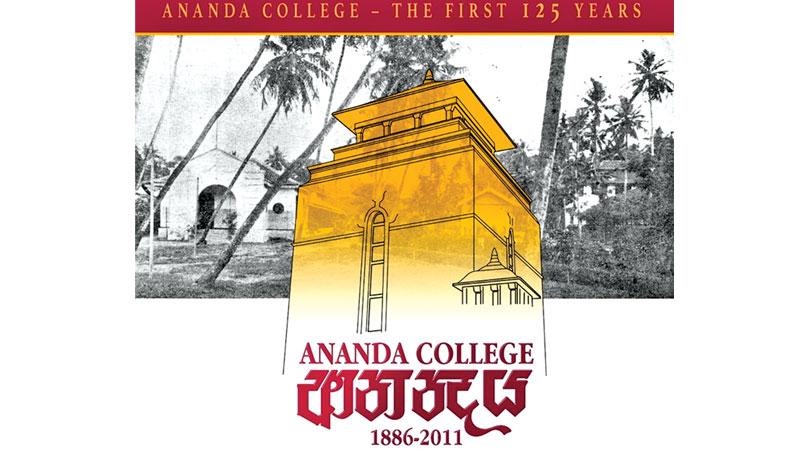
The book ‘Anandaya’ which covers the first 125 years of this national icon and the first-ever comprehensive writing of its eventful long history, was launched on 28 March.
I felt I should write about this book, because it was the best read for me, in the recent past. I also felt, a review from a relatively younger Old Anandian, who left school in 1999 would encourage other young Anandians, and hopefully, the present day schoolchildren to read this book and understand what Ananda really is. I have to admit, this is my first book review although I have published three books of my own, hundreds of newspaper articles including two regular columns. I am glad that my first attempt of a book review is a book about my school Ananda, which has made me who I am today.
I attended the book launch as it is my duty as an Old Boy, but I had no interest to buy the book. I was reluctant, because I thought it was too expensive, too big, and would be boring. Anyway, I ended up buying it, and reading it.
The book is not only about Ananda, but a deep analysis of the evolution of the Education system in Sri Lanka, from pre-colonial times to colonial days to the post-colonial period. Its exposure of Sri Lanka’s education system from a school education perspective is one of the best analysis I have read so far. The changes the British introduced, their impact, the Buddhist revival and its influence on the country, and what our governments did after independence, have been explained elaborately, so much so that, the book is a good read for anyone interested in Sri Lanka’s education system, not only an Anandian. The book explains the cornerstone that Ananda became in shaping Sri Lanka. It was an important part of the Buddhist revival, which in turn was a nucleus of the freedom struggle.
The book gives guidance to the present day leaders about what an educational institute can do as a knowledge hub, providing leadership to nation building. However, as most schools were taken over by the government, including, Ananda College, their strength as bodies of such power has diminished. They have become dependent on the government. However, I hope the book will remind the school management, Old Boys and well-wishers that our school has provided leadership to the Buddhist revival in the country, developed patriotism, Buddhist education, built up a Sri Lankan identity and independence; and today, we have a similar role to play in shaping our nation to face future challenges.
Although I was at Ananda for nearly 10 years, from 1990 to 1999, I did not know the details of the school’s history until I read the book. The book has taken me to a level that it made me ashamed of myself for not knowing the rich history of my Alma mater. Colonel Henry Steel Olcott’s interest in Buddhism was a changing point in Sri Lanka’s history.
He came here with an objective of supporting Buddhism, but more importantly, he understood the significance of getting the education right, so that future generations would have the right foundation. Colonel Olcott, together with the Buddhist Theosophical Society went about developing Ananda and many other schools, to teach Buddhism, among other subjects, in the English medium. Ananda was the heart of uplifting our national pride, religion, language and culture, but teaching was in English. From the perspective of the global village that we live in today, and the multi-cultural nature of our country, the pivotal role of English was recognized at Ananda. This may be due to the background of Sir Henry Steel Olcott.
Yasas Vishuddhi Abeywickrama is an Old Anandian, and an Executive Committee Member of the Old Boys’ Association of Ananda College.
